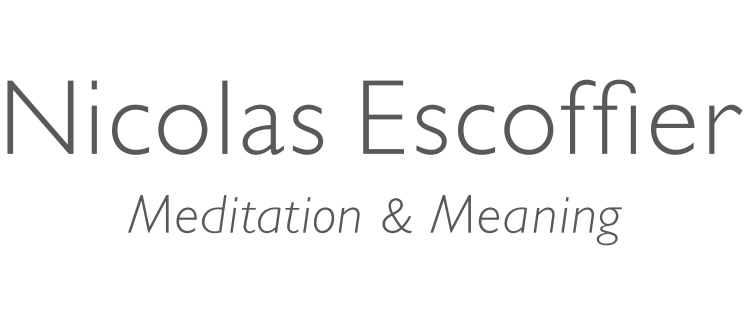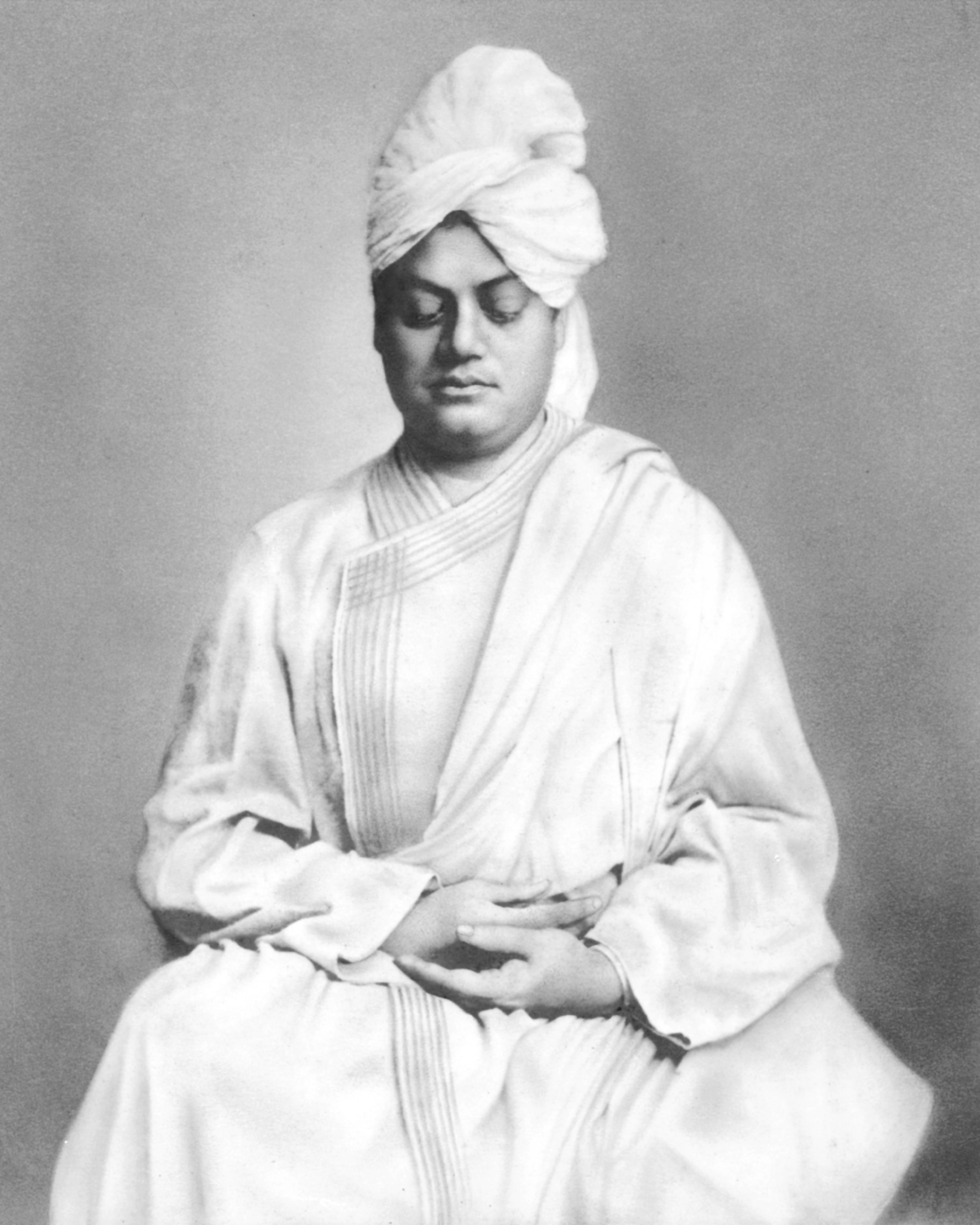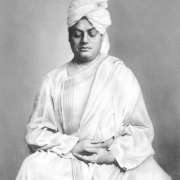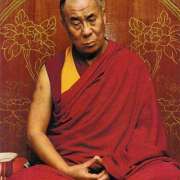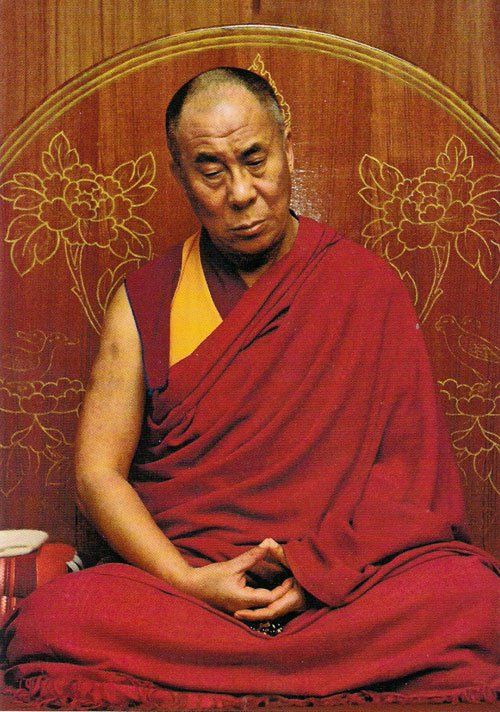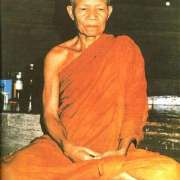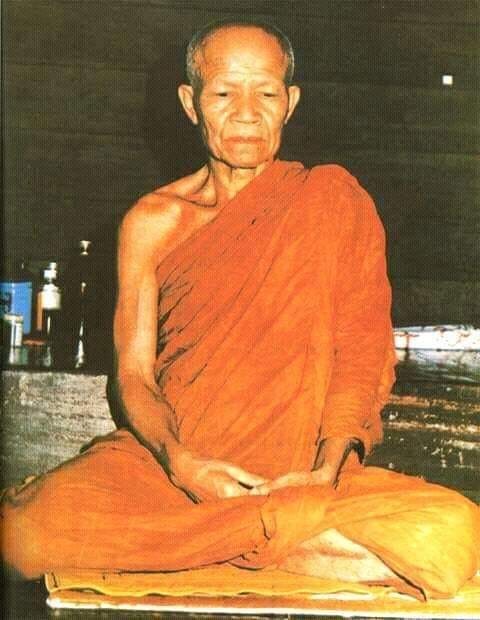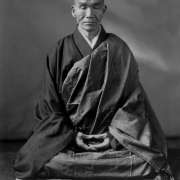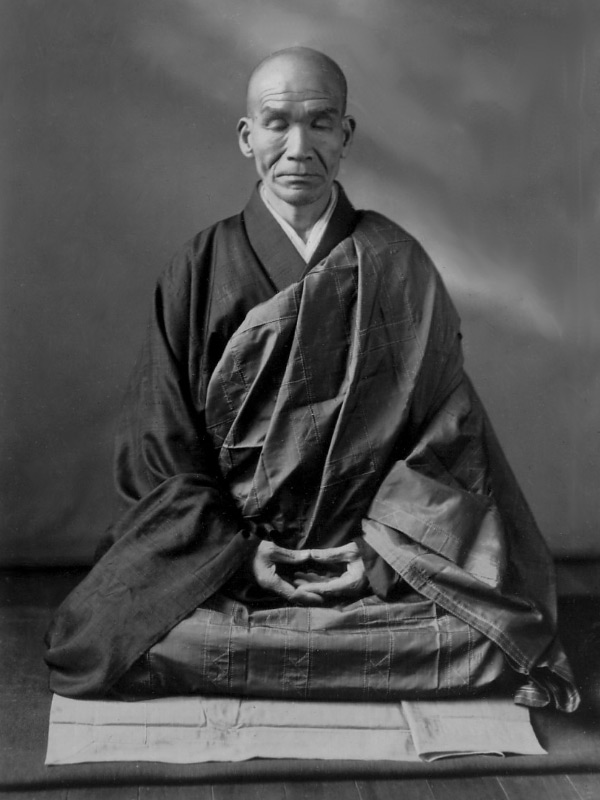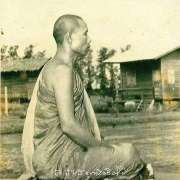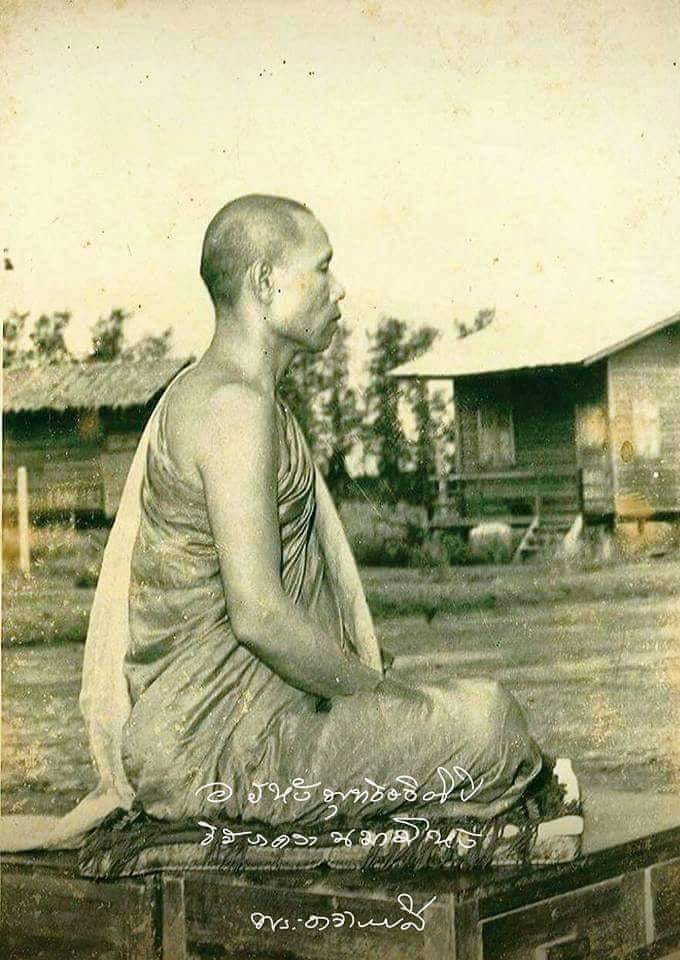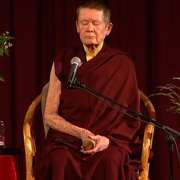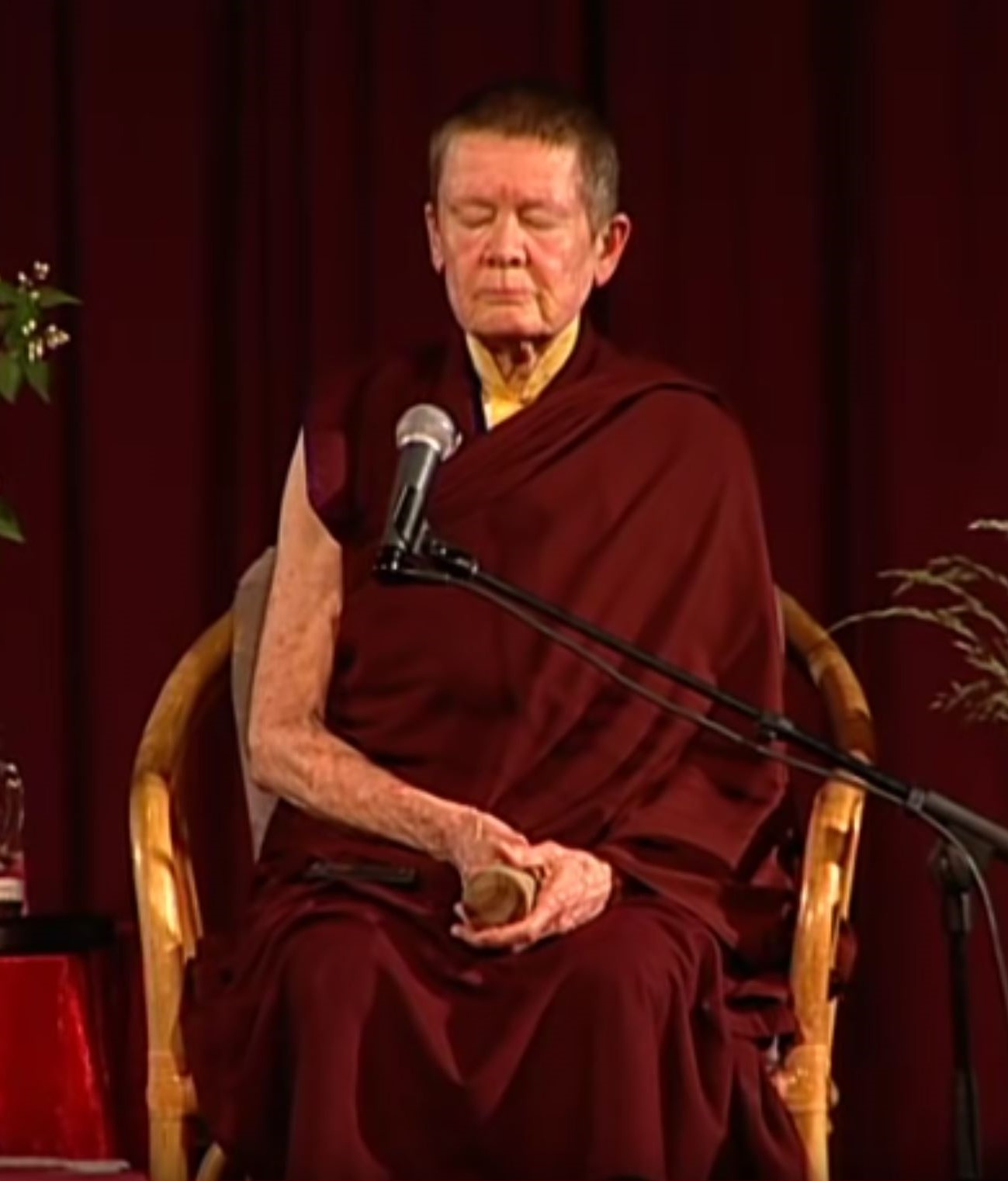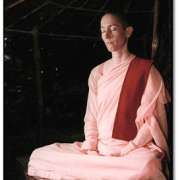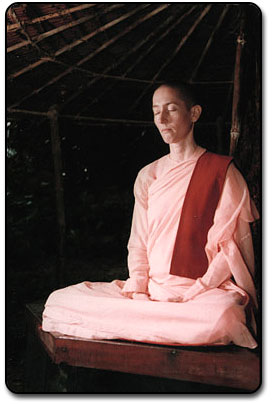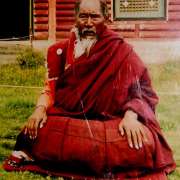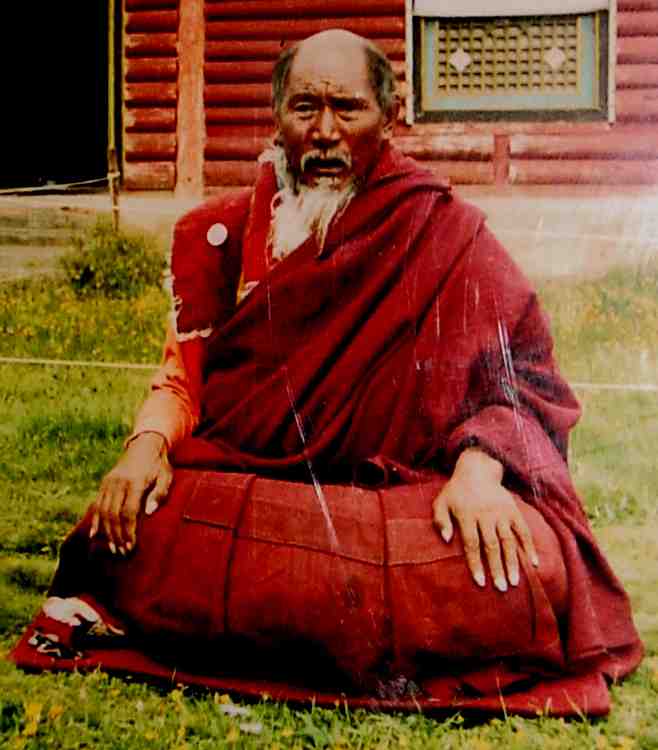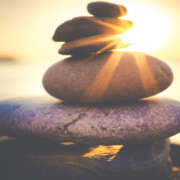Meditation
Our posture can transform our meditation. Ancient masters invite us to realize this potential with the meditation position they viewed as ideal: the posture of the Buddha Vairocana.
Our posture has significant effect on our meditation. With the deepening of our practice the way we engage with the body becomes increasingly central to our progress on our path. In what follows we will explore a meditation posture that has long been an inspiration for practitioners, and that is seen in many traditions as the archetype of an accomplished work on posture.
An ancient meditation posture
The historical Buddha is one of the great figures of the contemplative traditions. Unfortunately, we know little of the advices he was giving on meditation posture. Ancient texts show he suggested sitting cross-legged, upright, and at a comfortable spot (some texts tell us he was practicing sitting on a pile of cut grass).
The generations of meditation masters he influenced felt the need to develop and offer more specific instructions. They described an ideal meditation posture that has become a reference for many meditative traditions. They named it after a mythical Buddha: it’s the posture of Vairocana.
The seven points of the posture of Vairocana
They are:
- Legs crossed in the lotus or half-lotus position, left leg over the right leg.
- Hands forming the cosmic mudra, palms up, the right hand placed flat on the left, near the stomach just below the navel, with thumbs touching lightly.
- Torso kept straight, neither bent nor leaning forward.
- Shoulders pulled back to open torso, but without puffing out the chest.
- Neck in a natural position, in line with the spine, with the chin tucked in slightly.
- Tongue touching the palate lightly, just behind the upper teeth.
- Eyes open with a still gaze placed one to two meters in front.
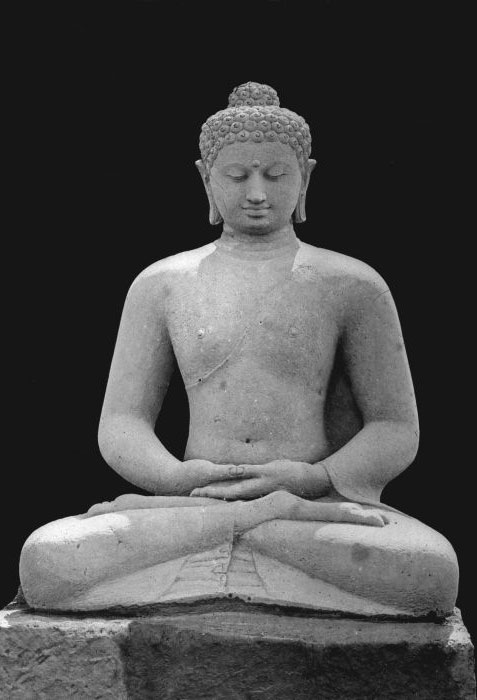
Legs crossed in lotus or half-lotus position, left over right
Hands in the position of the cosmic mudra.
Torso upright.
Shoulders pulled back.
Neck in a natural position, in alignment with the spine.
Tongue touching the palate.
A steady gaze towards the floor, one or two meter ahead.
Some of these points are the basis for any good meditation posture. They are useful suggestions to deal with challenges in meditation and are covered on my longer article on the meditation posture. Other are more small postural adjustments that suggest that subtle changes and careful awareness of our posture can have significant impact. They can potentially transform our meditative experience and help us work with our mind more effectively. As meditation progresses, and our awareness deepens it becomes clearer how these points shape our meditation. They take a deeper significance and gradually come to support realizations and breakthroughs.
The integrated posture of meditation masters
The posture of Vairocana is a traditional ideal, an archetype. As such it only starts to make sense when it is deeply integrated. This takes experimentation and practice. Meditation masters have spent years refining their meditation position to make it their own. In traditions were the posture is not taught, meditators sometimes come to rediscover it naturally. In traditions where it is taught, masters come to embody the posture with great freedom. In working with the posture of Vairocana we need to honor the fact that each of us has a different body and a different mind. In order to support our practice, the posture must be in harmony with our individual traits. The diversity we can observe in the postures of modern meditation masters, presented below, invites us to respect our own path and to find our own way.
Finding an authentic and personal posture
These recommendations for meditation posture might feel like a lot to take in, but we should not approach them as a rigid template. Instead, we can experiment with them in a spirit of curiosity and adventure. Working in that direction, we come to integrate changes we find helpful and we gradually develop a personal posture. This more authentic posture becomes a dynamic and natural expression of our discoveries, our influences, our potential, and our sensitivity. It becomes alive as the heart of our path.
I wish you fruitful explorations!
A glimpse into your inner journey: take the test
Find out how your personality changes your meditation journey with the free test based on recent research.
